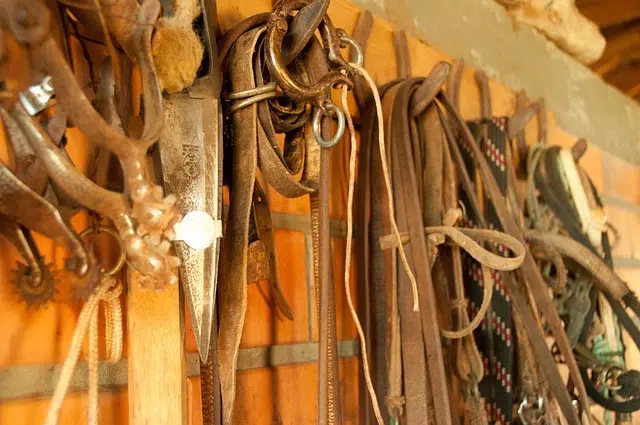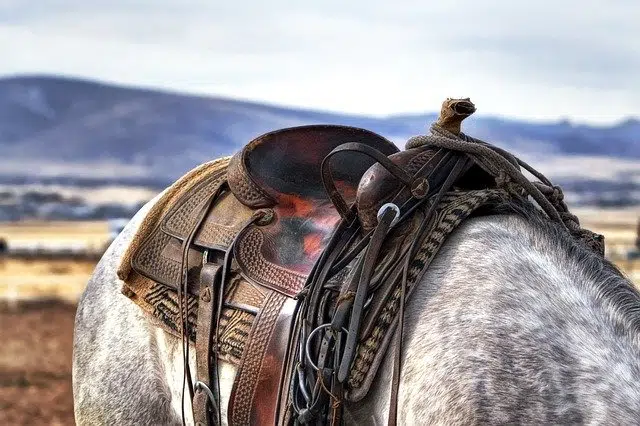
Leather products especially used on horses
Saddlery is the art that consists of making leather articles . The term is linked to the talabarte , the belt used to carry a saber or other type of knife. The individual dedicated to its manufacture is known as a saddler .
Leather products
It is called saddlery, therefore, the trade , workshop or business of the saddler . The concept can be used as a synonym for saddlery , since it is associated with straps and other leather products ( saddles ) that are placed on horses .
In the most precise sense, saddlery involves the production of saddles , rigging and other elements that are installed on horses. More broadly, the notion includes the development of belts , wallets , wallets , bags , berets , key chains , espadrilles and other leather products.
Taking this particularity into account, saddlery is equivalent to leather goods , at least in colloquial language. However, it is more accurate to speak of saddlery with reference to accessories for animals and leather goods for that specifically intended for humans.
It is important to mention that saddlery is closely related to tanneries . In these places, the cleaning and tanning of the skin is carried out to turn it into leather. The tanneries, therefore, deliver the raw materials that the saddlers need to carry out their task.
Tools and materials
In the development of his work , the saddler needs a wide list of tools and materials, some of which are listed below:
* wooden board : the surface on which you treat the materials and make the necessary cuts; This should be soft and offer the greatest possible comfort;
* tape measure : combined with a metric compass and a rigid ruler to cover all types of measurements required;
* awl : a triangular, pointed steel tool used to make holes in the leather and then pass the sewing thread through them;
* trench : the average of its most common dimensions is an extension of 25 centimeters and a width of 3.5 centimeters;
* hole punch : it looks like a hole punch and is used to make holes of larger diameter than those possible with the awl;
* rasp : a two-sided tool that allows you to polish leather and even out its surface. Another name by which it is known is raspa ;
* linen or hemp thread : a common thread cannot be used, since it must be very resistant and thicker than that used for clothing.
History of saddlery
It is estimated that from the first agricultural and livestock activities , humans not only began to domesticate the horse but also developed the art of saddlery to facilitate their work . In any case, there is evidence that the aboriginal tribes before the peasants already worked leather, and even engraved it with heat.

The saddle: one of the most important products of saddlery
Speaking specifically of the saddle used for riding, we do not have a sufficiently precise date regarding its creation. Despite this, it is known that in the 1st century BC. C. the ancient Romans already used it, thanks to different records that prove it. On the other hand, some historians are convinced that the nomads of Asia were the first to create saddles.
Although over the centuries the design and format of saddlery products have changed, something that remains intact is the fact that they are manufactured by hand . This feature has managed to transcend time and the imposition of the industry , unlike other disciplines that converted to mass production through machinery.
